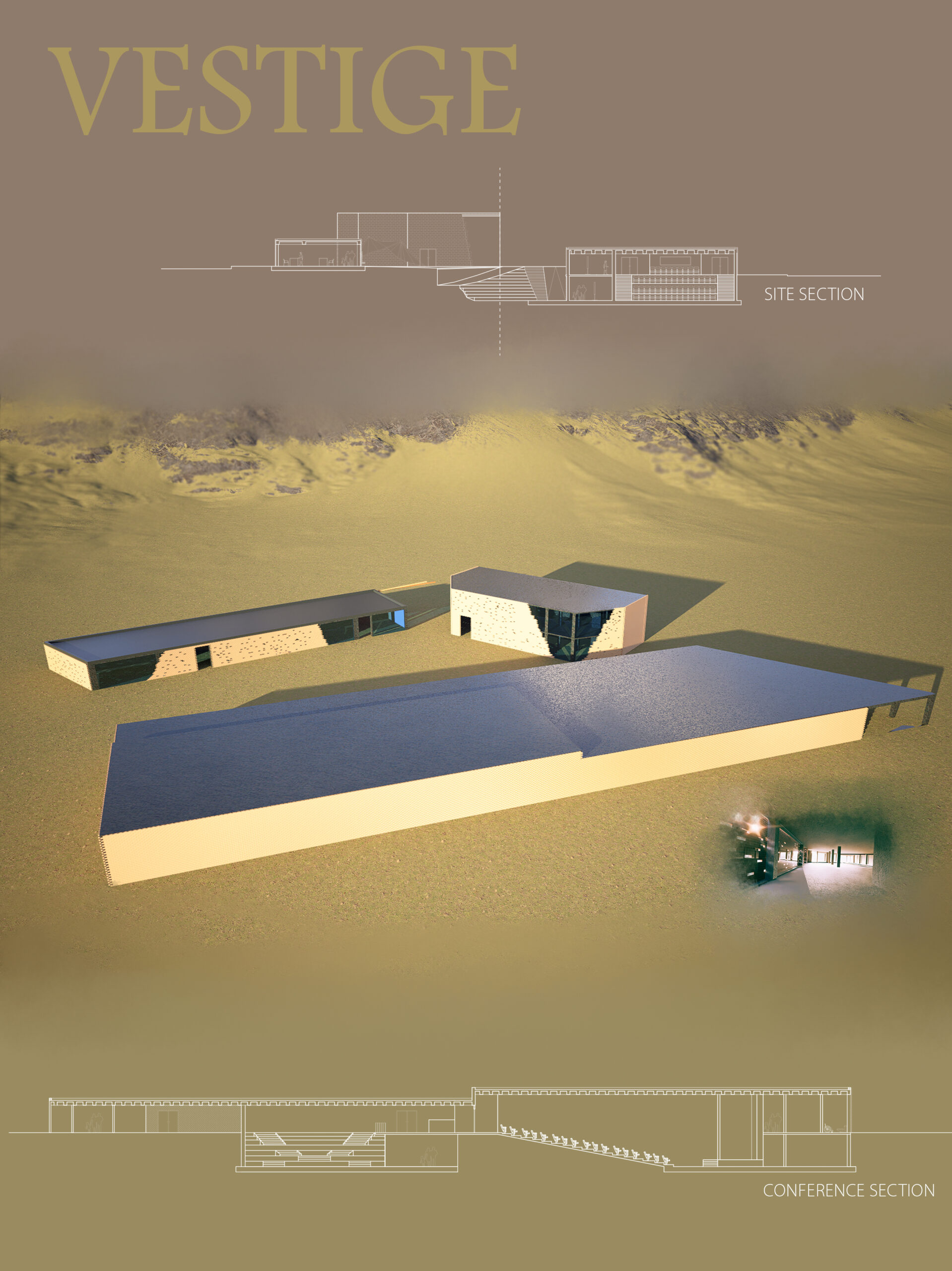As cities evolve and buildings are transformed through urban renewal, intangible cultural values—those rooted in daily rituals, neighborhood connections, and traditional crafts—often risk fading into the past. The vestige is a spatial and cultural initiative that seeks to preserve and revitalize these values by offering a shared environment where generations can meet, interact, and create together. Rooted in the city’s historical craft of wood carving, the project places handmade tradition at the center of architectural expression. Wooden details, textures, and forms are not merely decorative—they act as a tactile memory of a time when the built environment was deeply personal and human-scaled. Through this, the project shows that heritage and modernity are not opposing forces, but can coexist in harmony. The space is designed around the concept of a contemporary courtyard, inspired by the traditional communal living areas once central to neighborhood life. Here, elderly residents and younger generations are invited to engage in shared workshops, casual doorstep conversations, and intergenerational storytelling sessions. This atmosphere nurtures not only the transmission of technical knowledge—such as carving, repair, or design—but also the intangible wisdom embedded in life experience. Influenced by the idea of Luxapozion—a dynamic blend of past and present, stillness and energy—the project reimagines the neighborhood as a living, evolving fabric where old souls and young hands work side by side. It brings attention to the cultural richness of everyday interactions, elevating the role of the local artisan, the neighbor, and the storyteller as central figures in community life. In doing so, The vestige offers more than a physical space. It proposes a model for cultural resilience—a place where change is embraced without erasure, where the future is built not on blank slates but on richly textured legacies. It asks: What if architecture didn’t replace memory but gave it new form? What if the doorsteps and courtyards of the past could find renewed purpose as places of learning, making, and connection? By the vestige. culture, and community into its foundation, The vestige to be a living archive—a place where culture is not only remembered, but actively made and passed on
Vestige / Muratcan Aras

